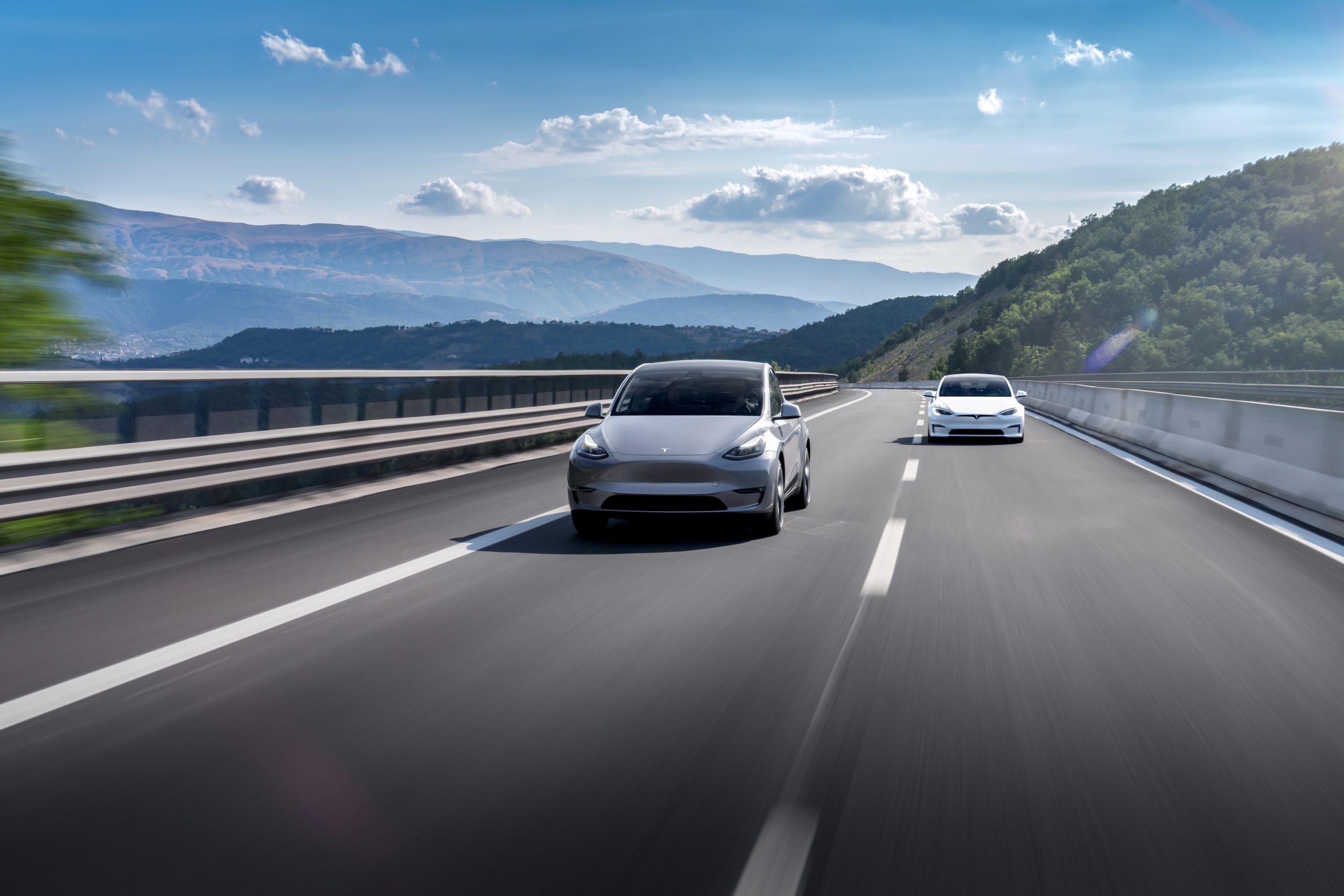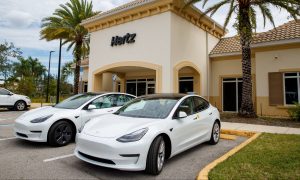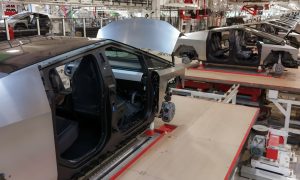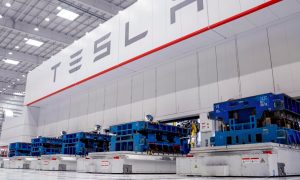A new study from the University of California (UC) Berkeley shows a steady, albeit modest, decline in carbon emissions with increased electric vehicle (EV) adoption over the last few years.
The research looks at carbon emission trends between 2018 and 2022, utilizing data from 50 air-quality sensors throughout the Bay Area, as detailed in a report published in the Environmental Science and Technology journal on Thursday.
The data shows a gradual decline in carbon dioxide emissions, representing a 1.8-percent yearly decrease on average, according to the study’s Lead Researcher and Professor, Executive Associate Dean at Berkeley’s College of Computing, Data Science and Society, Ronald Cohen in a report from the San Francisco Chronicle.
“If we do it for 20 years, it’s a big number,” Cohen said.
Researchers reported the highest levels of carbon dioxide near highway corridors, and while 1.8 percent may not seem like much, Cohen adds that a 3.5 percent annual reduction would be enough to reach California’s 2045 carbon neutrality target.
Along with using the sensors to gather data, the study examined registration data from the California Department of Motor Vehicles (DMV) to monitor the ratio of EVs on the road to gas cars.
The researchers found the data to remain true even when considering other potential factors, including the reduction of motor vehicle traffic during the early days of the COVID-19 pandemic and other seasonal influences. Still, the researchers concluded that the decrease in emissions is due to the increase in hybrid and battery-electric vehicle (BEV) use, as fuel-efficiency standards tighten.
Cohen also notes that the majority of carbon dioxide emissions come from the transportation sector, as well as wintertime heating and heavy industry such as oil refineries. Part of the goal of the study was to determine if data shows that clean transportation policies actually make a difference, “so people could put energy into climate policies that really work.”
While the sensors also monitored other pollutants, including particulates and nitrogen oxide, Cohen says this particular study was focused on measuring carbon dioxide emissions. This study, he adds, was the first to look at a larger area and make a connection between a decline in carbon emissions and EV adoption.
According to Cohen, the findings also represent a more powerful connection between the adoption of EVs and reduced emissions than he initially thought it would.
“That’s the big win,” Cohen added.
BEV sales in the U.S. reached 1.1 million units in 2023, according to Cox Automotive data, with California, Washington, New Jersey, Connecticut and Texas making up the top five adopters. Globally, the International Energy Agency (IEA) expects EV adoption to increase tenfold by 2030, under current goals set by governments around the world.
What are your thoughts? Let me know at zach@teslarati.com, find me on X at @zacharyvisconti, or send us tips at tips@teslarati.com.











